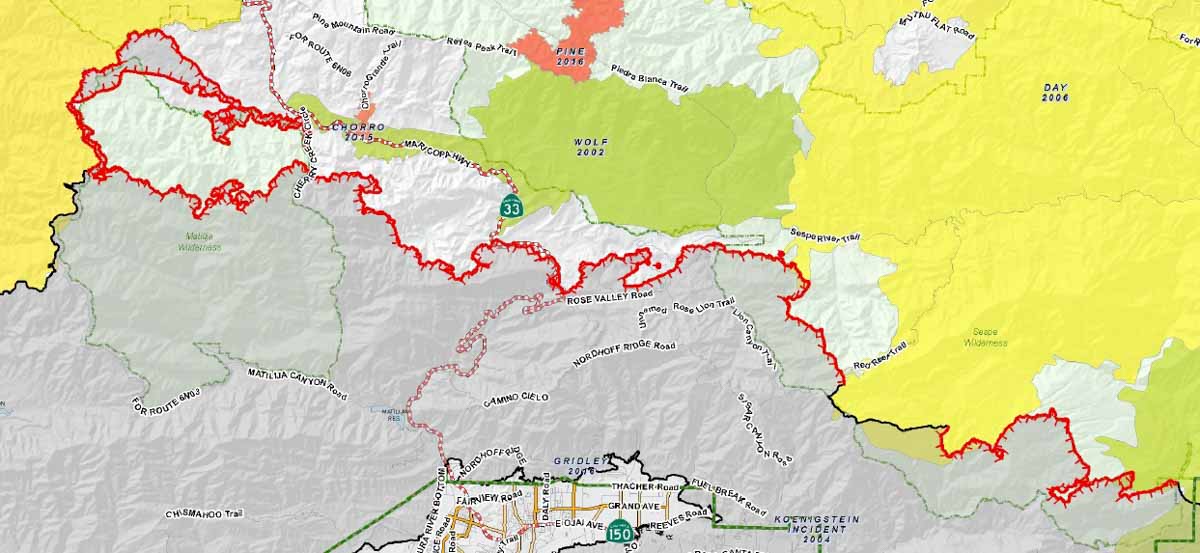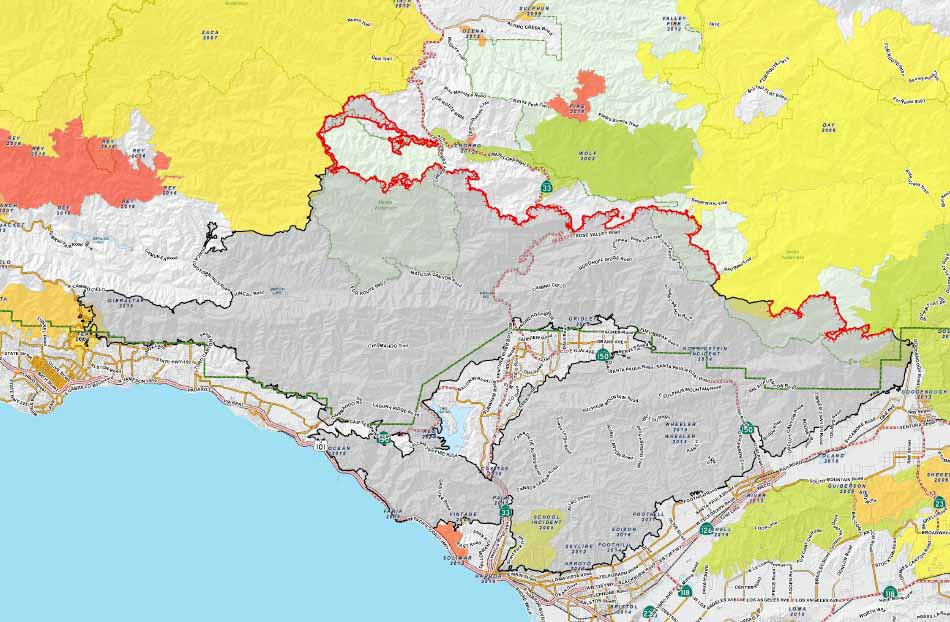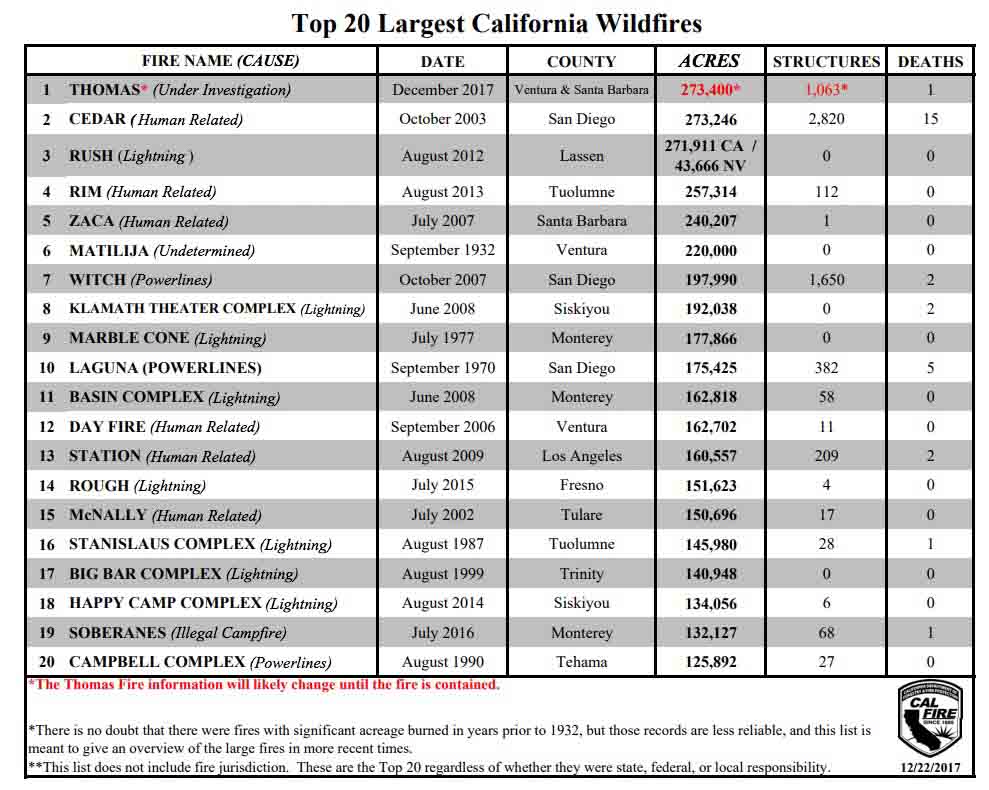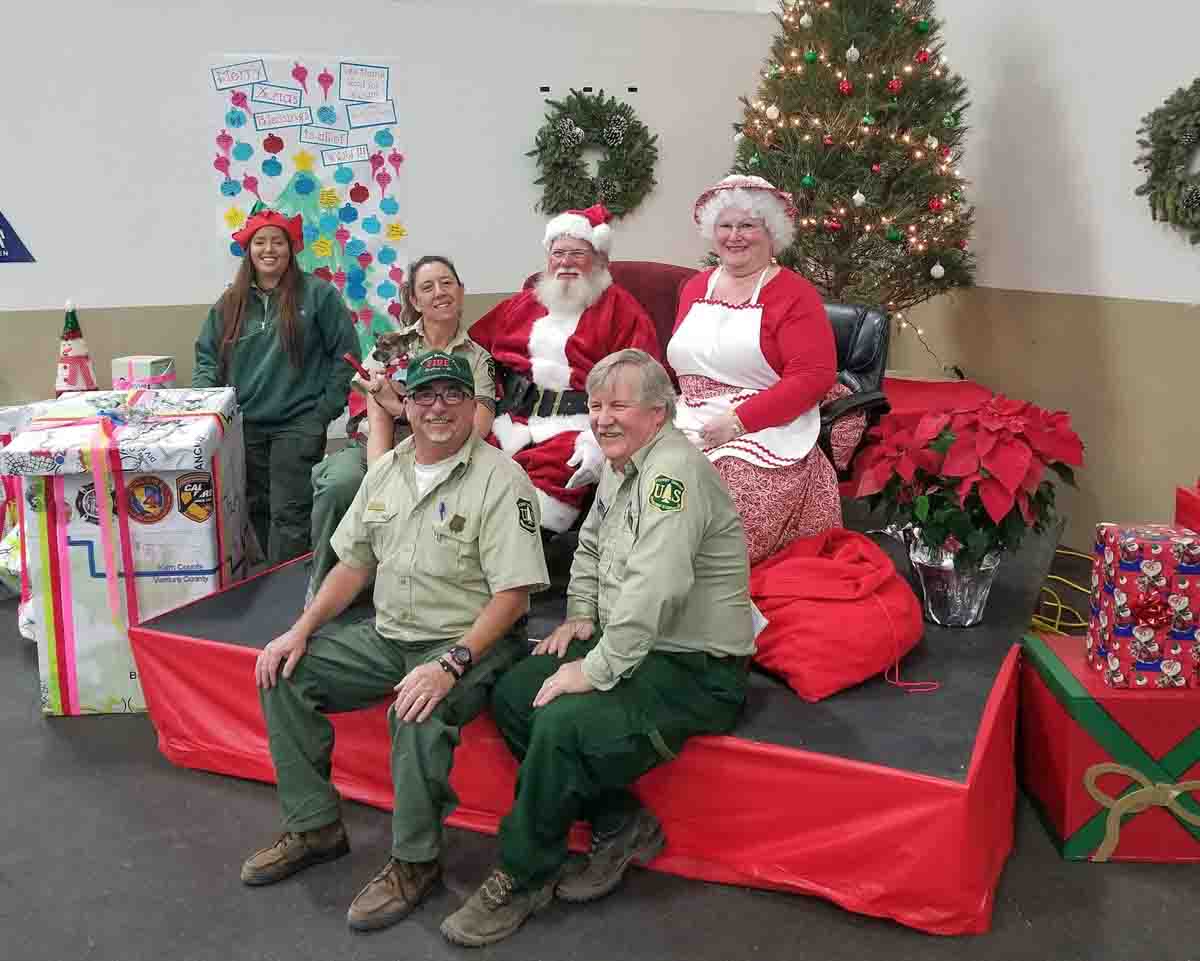Above: A fuel break created along a road by mowing. BLM photo.
(Originally published at 9:55 a.m. MDT December 30, 2017)
In May the U.S. Geological Survey began an effort to study fuel breaks in the Great Basin to evaluate their effectiveness as well as the ecological costs and benefits. On December 22 the Bureau of Land Management announced the agency is proposing to develop two Environmental Impact Statements (EIS) for BLM lands in the states of Idaho, Oregon, Nevada, California, Utah, and Washington. One will cover the construction of fuel breaks while the other is for fuels reduction and rangeland restoration.
The process is expected to result in two programmatic EIS documents that would cover projects region-wide to gain efficiencies in subsequent National Environmental Policy Act (NEPA) analyses. The blanket approval will mean that individual landscape-scale fuel breaks and fuel reduction proposals will only need minor additional environmental reviews to proceed.
Fuel breaks are intended to interrupt the continuity of vegetation making it easier to control or stop the spread of wildfires. There is no guarantee of success since wind-blown burning embers can be lofted hundreds or thousands of feet ahead of a flaming front, crossing the breaks.

Landscape-scale fuel reduction would slow the spread and reduce the intensity and resistance to control of a wildfire making it easier for firefighters to keep a small fire from becoming a megafire. Another goal of the vegetation modification is to restore the rangelands habitat in order to provide multiple use opportunities for user groups and habitat for plants and animals. The projects are designed to reduce the threat of habitat loss from fires and restore rangeland’s productivity while “supporting the western lifestyle”, the BLM said in a statement.
The public has until February 20, 2018 to submit comments related to the programmatic EISs by any of the following methods:
- Website: https://go.usa.gov/xnQcG
- Email: GRSG_PEIS@blm.gov.
- Fax: 208–373–3805.
- Mail: Jonathan Beck, 1387 S. Vinnell Way, Boise, ID 83709













